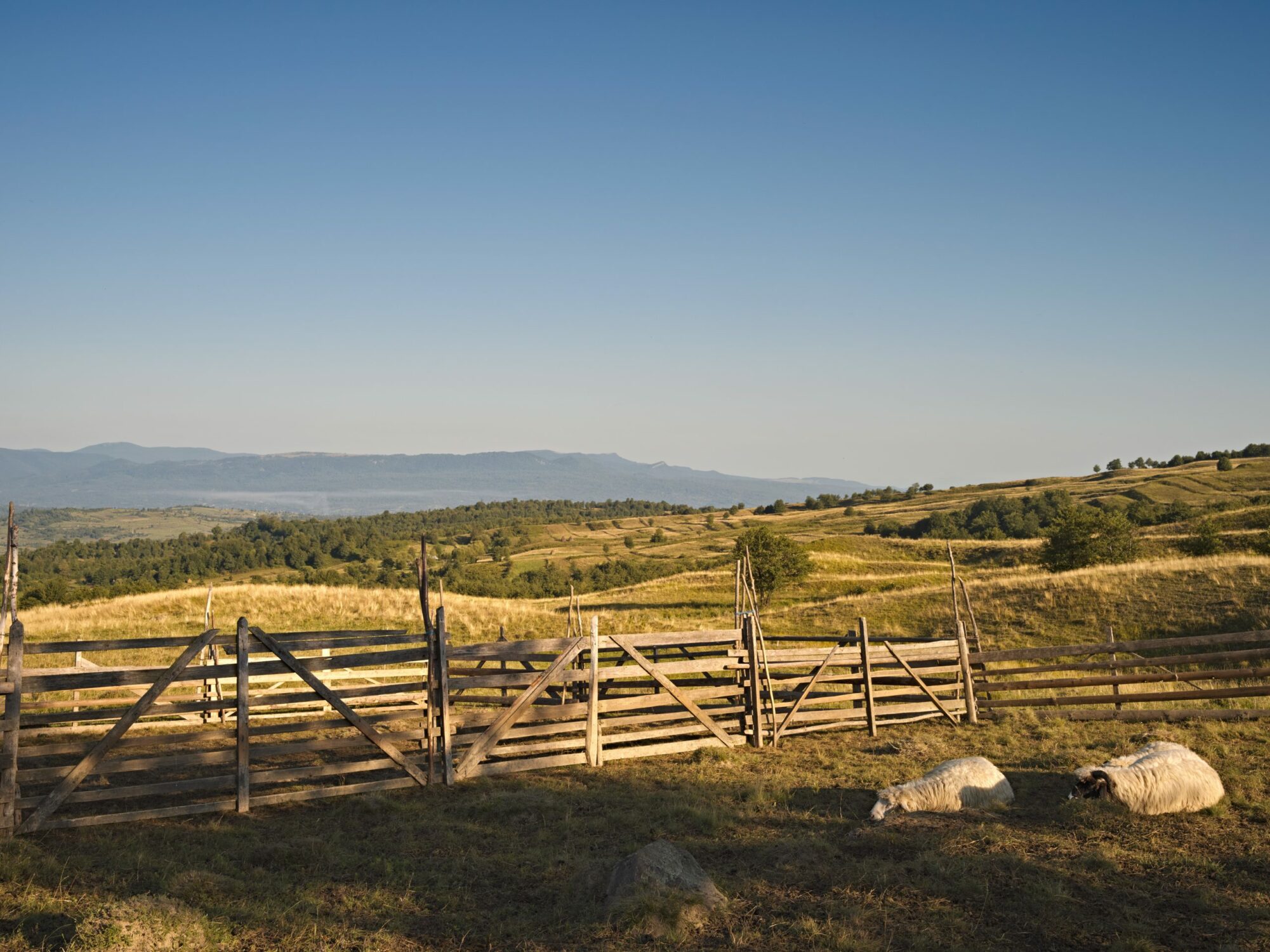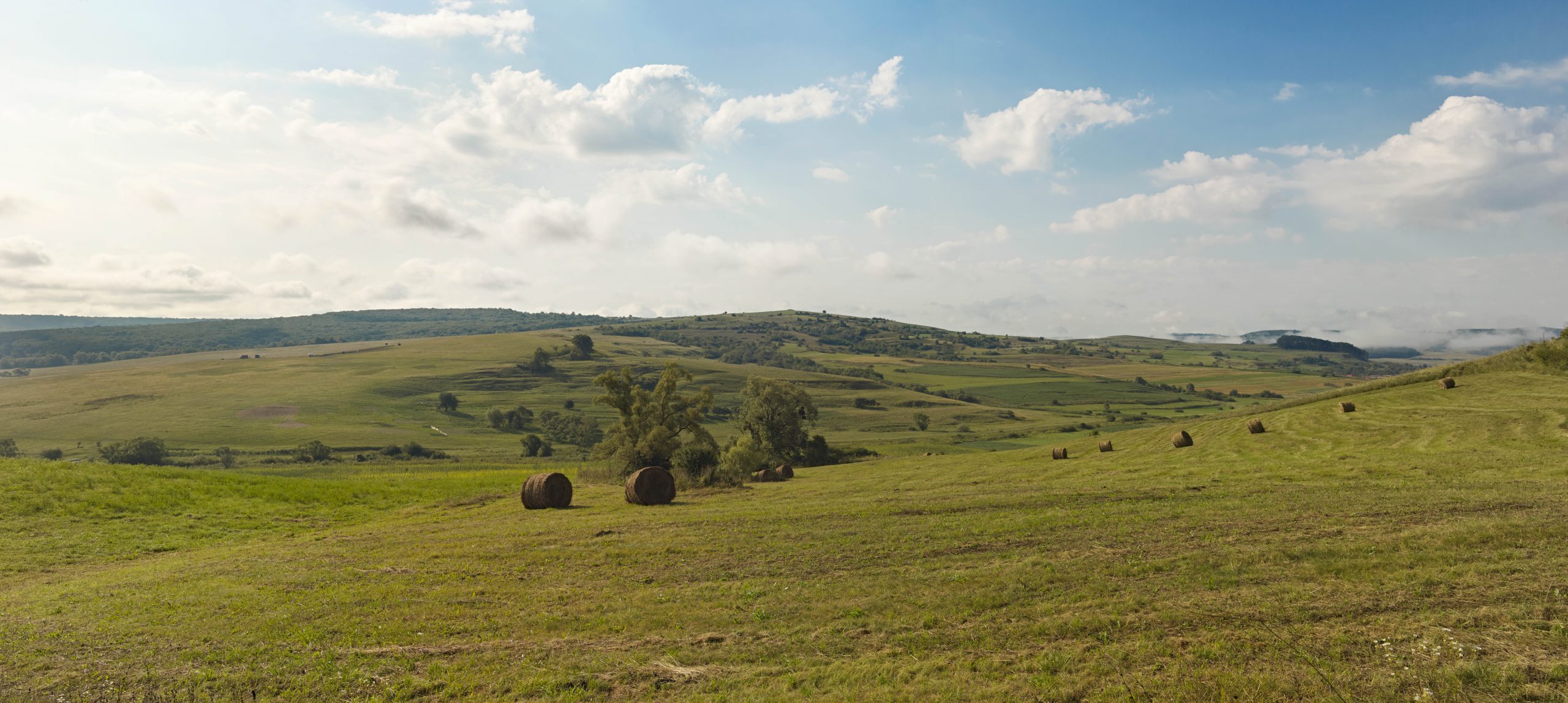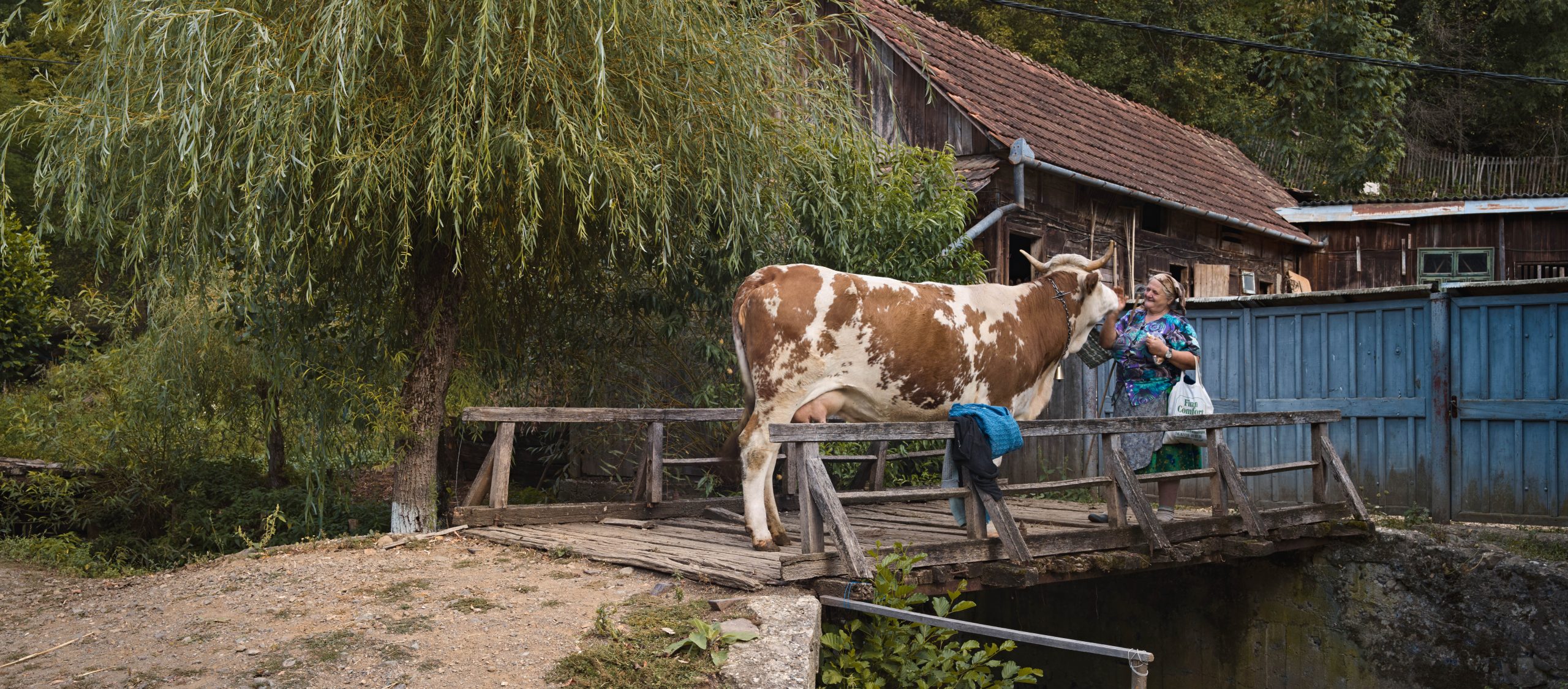
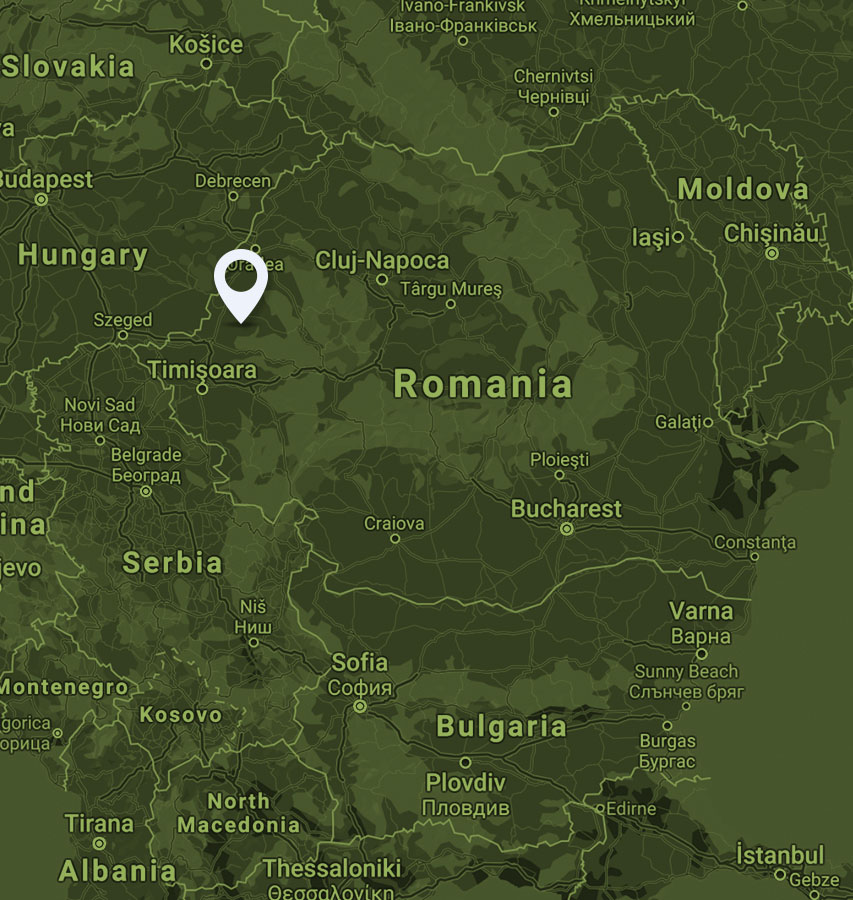
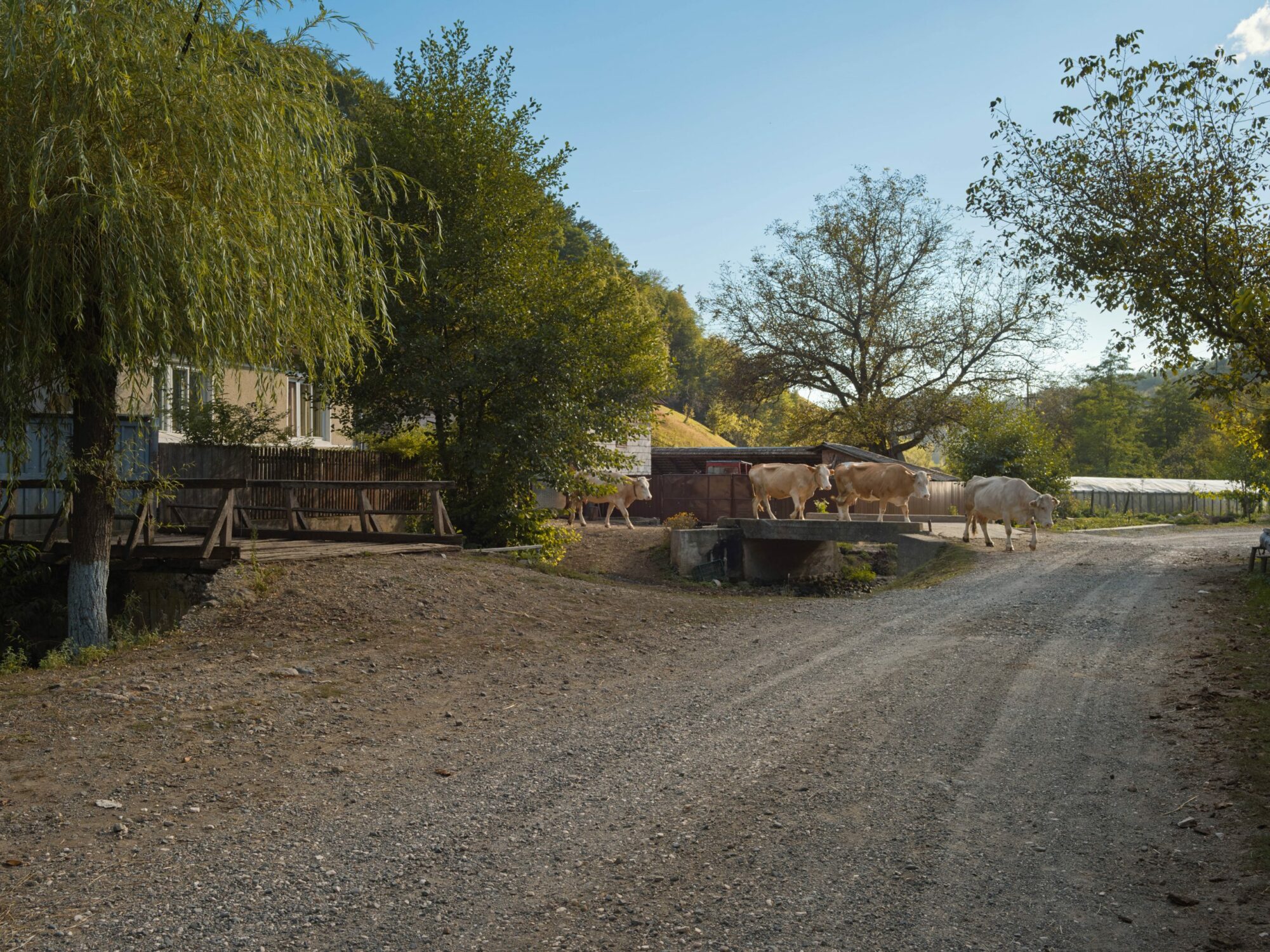
The Zarand Landscape Corridor
Transylvania has great biodiversity and forms a passageway along which large carnivores can move between the western and southern Carpathians.
This important ecological region, where humans and nature have gone hand in hand for centuries, is threatened by large-scale infrastructure developments, intensified forestry, the loss of traditional agricultural practices and more intensive small-scale agriculture.
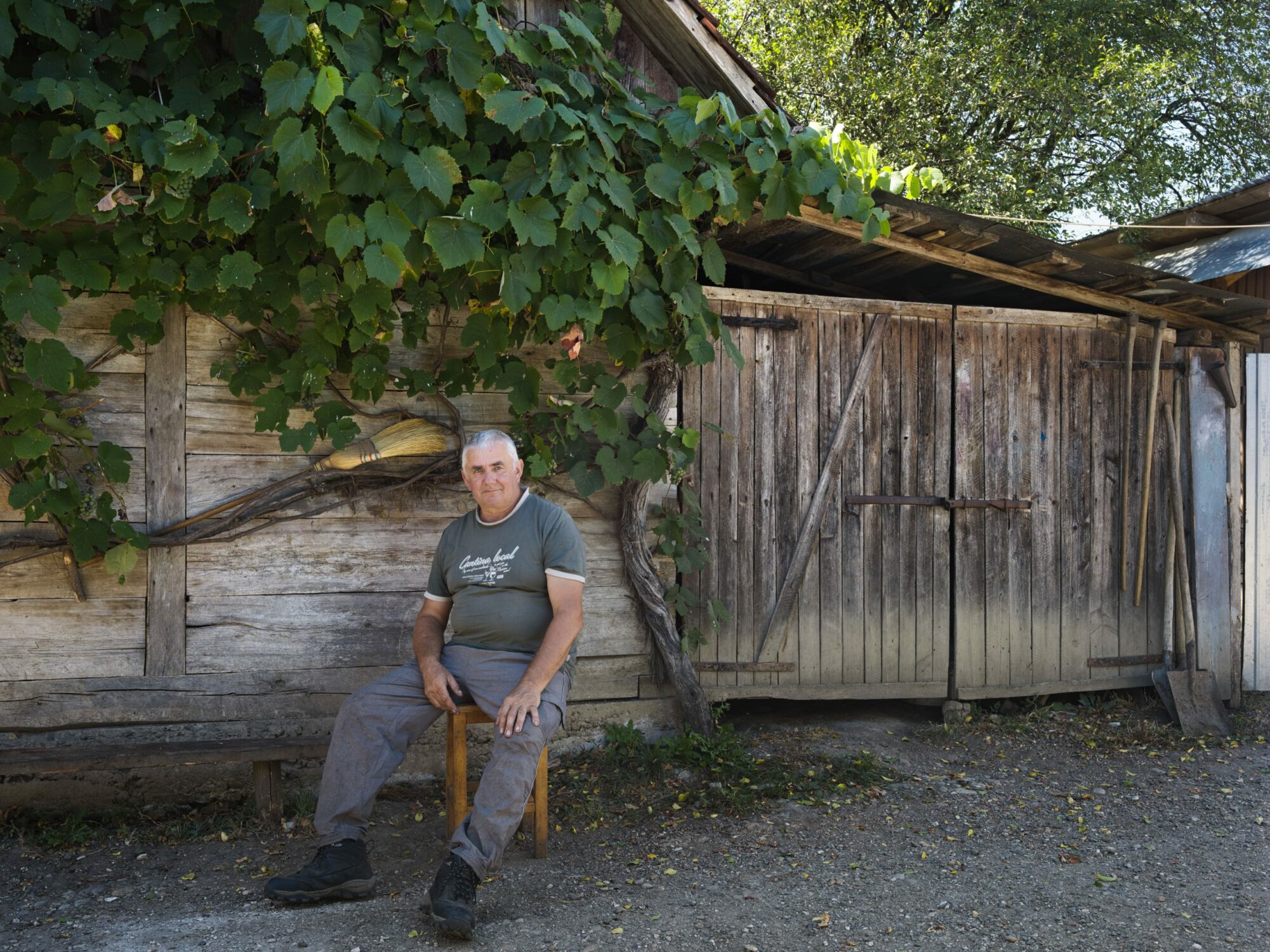
“This piece of land helped us to get by without having to spend money on food.”
Eftimie Ardelean,
Chair of the Farmers Association
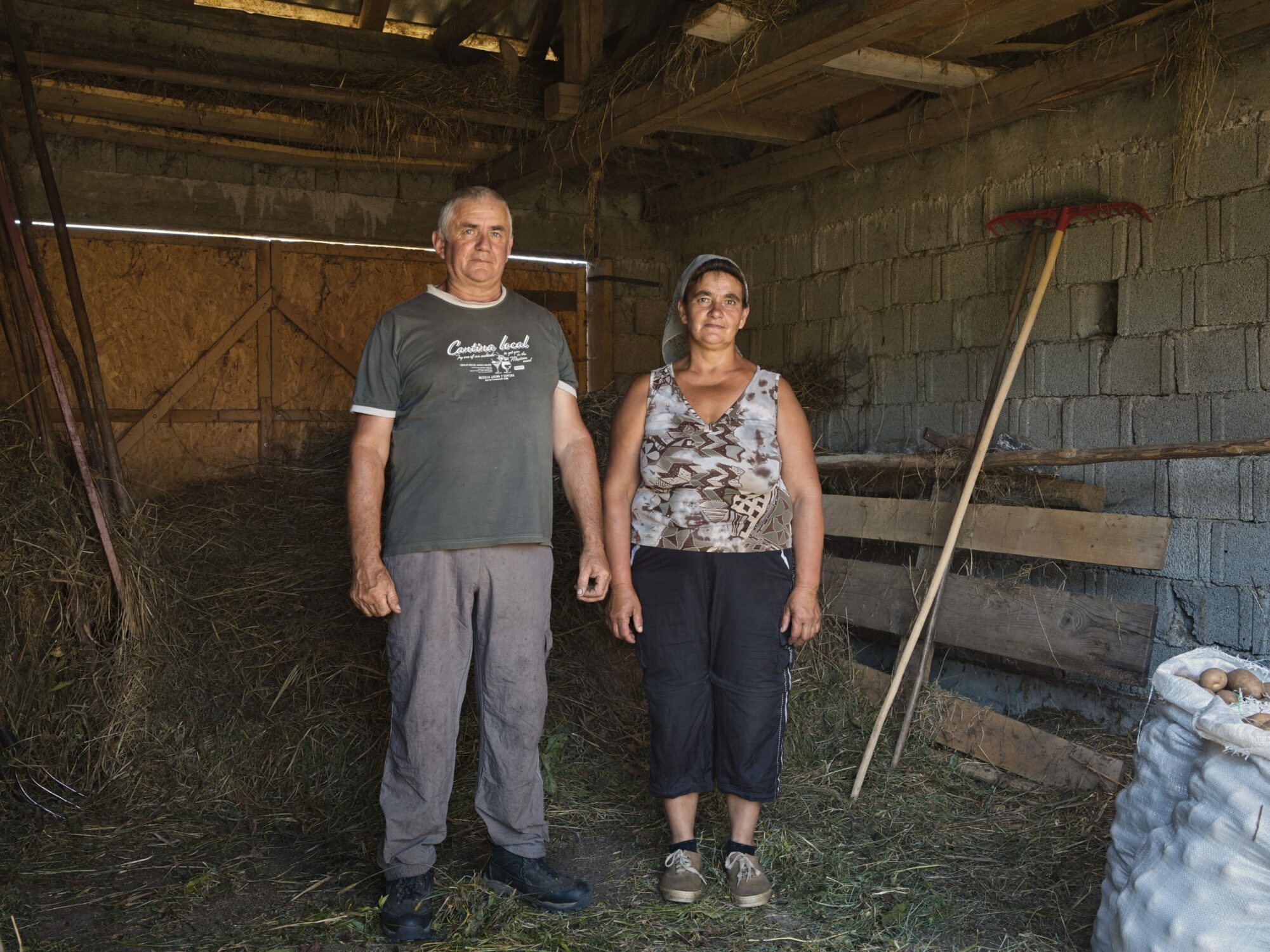
“We produce our vegetables with love,…
Eftimie and Paraschiva Ardelean
Roșia Nouă, Arad county
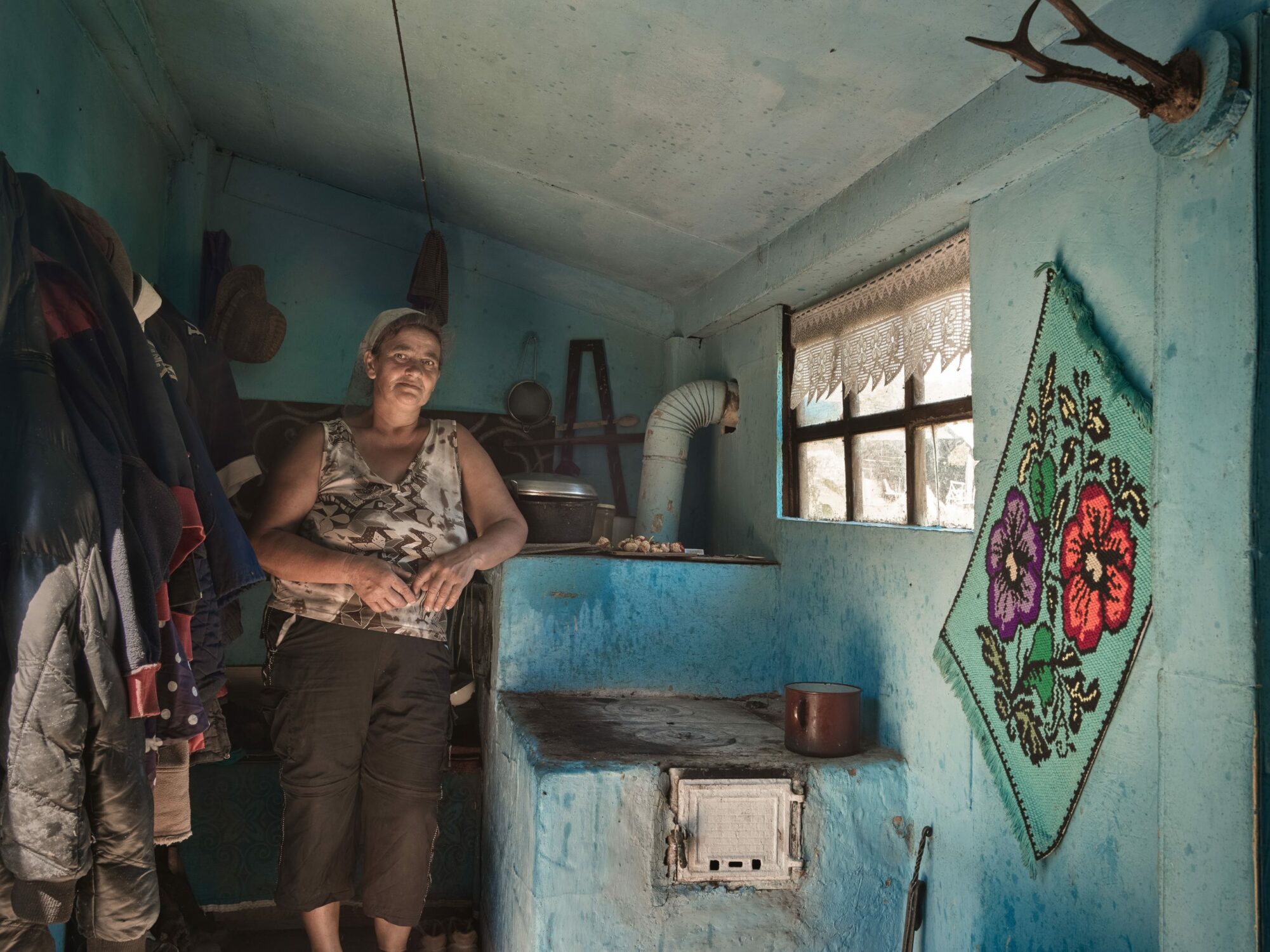
…what we're doing is a gift handed down from generation to generation…
…This is our land and everything we do, we do from the heart.”
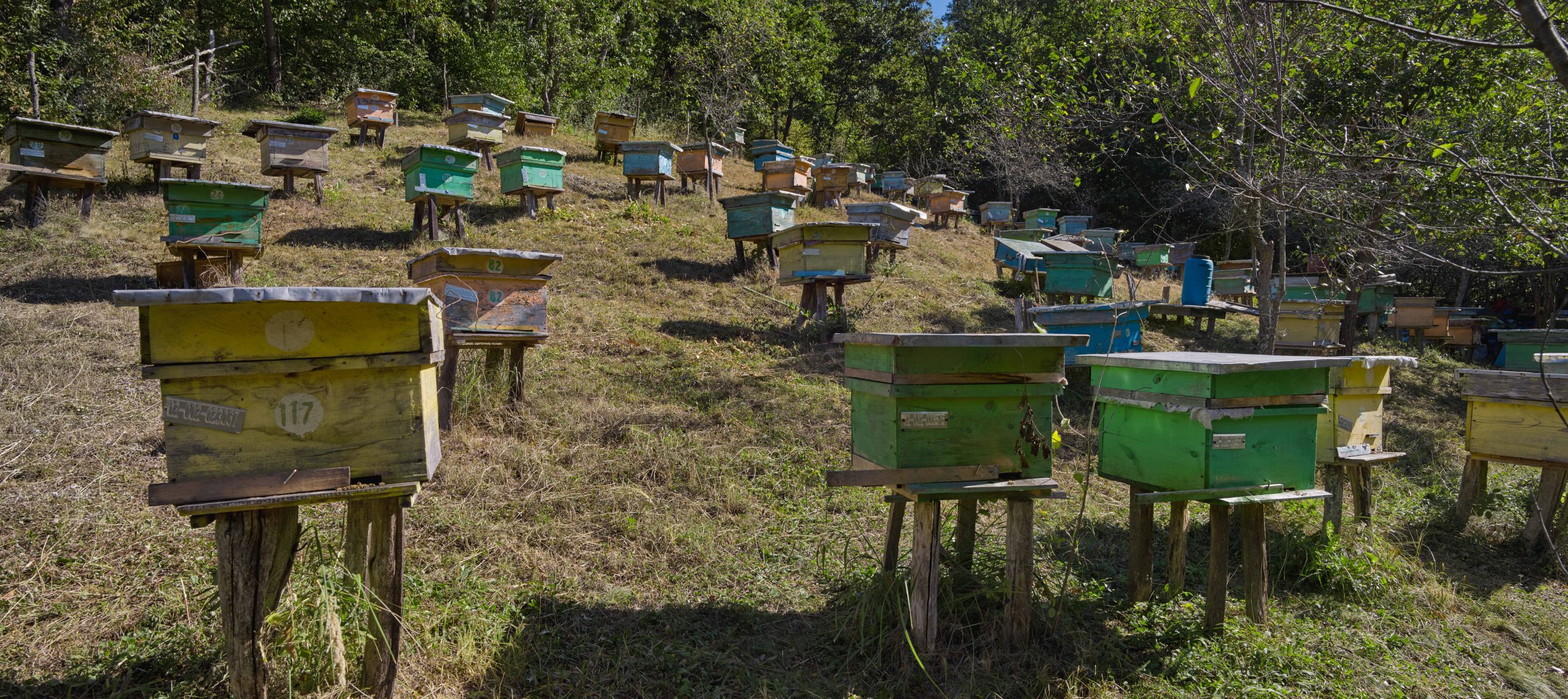
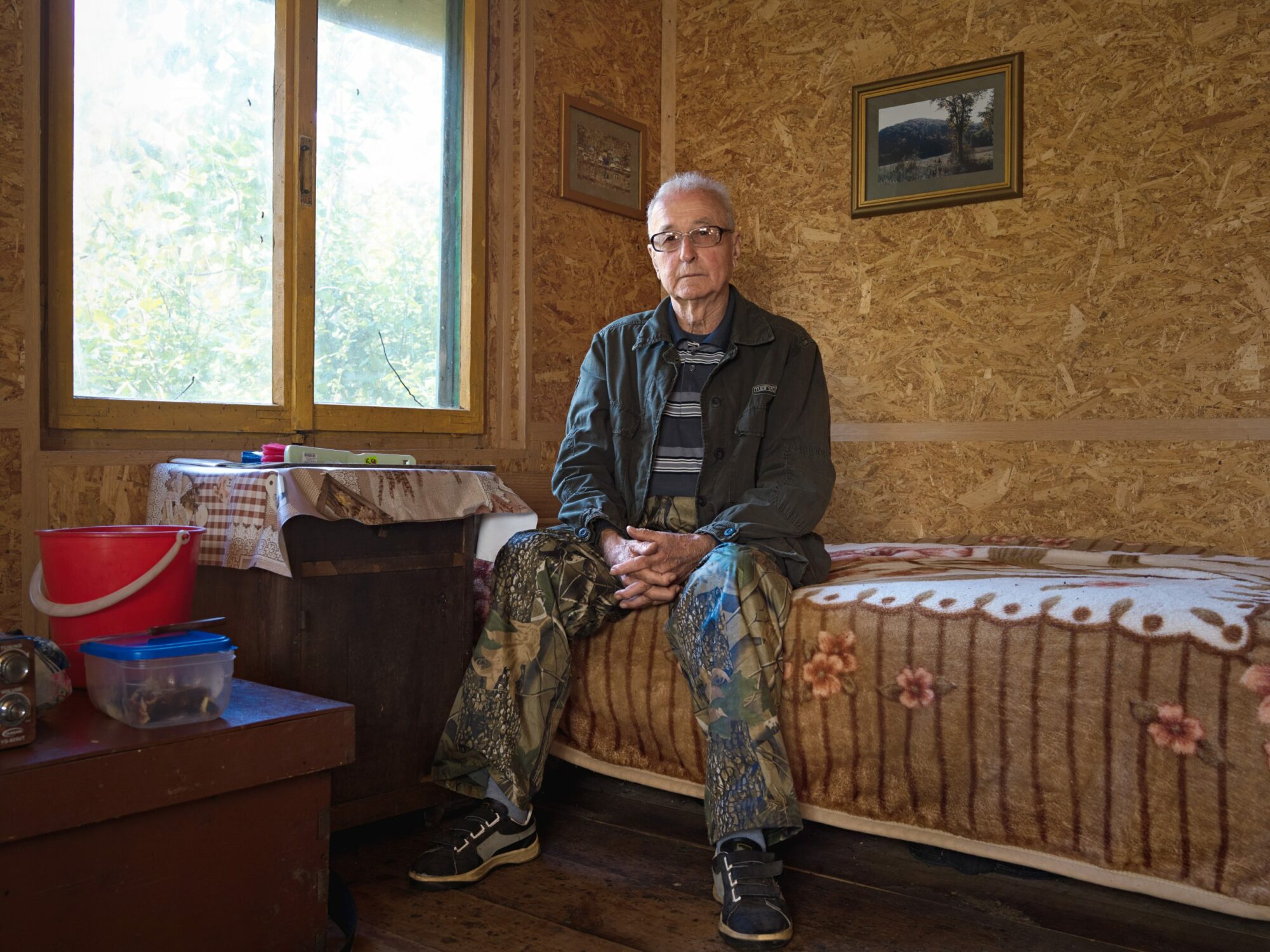
Victor Bulzu, Beekeeper
Seliște, Arad county
The Bee Man
Far outside the village, Victor has some 200 beehives. As well as being a producer of the best honey imaginable, he has a vast knowledge of bees. His bee farm is visited by countless biologists from universities all over Europe, who gain knowledge from him.
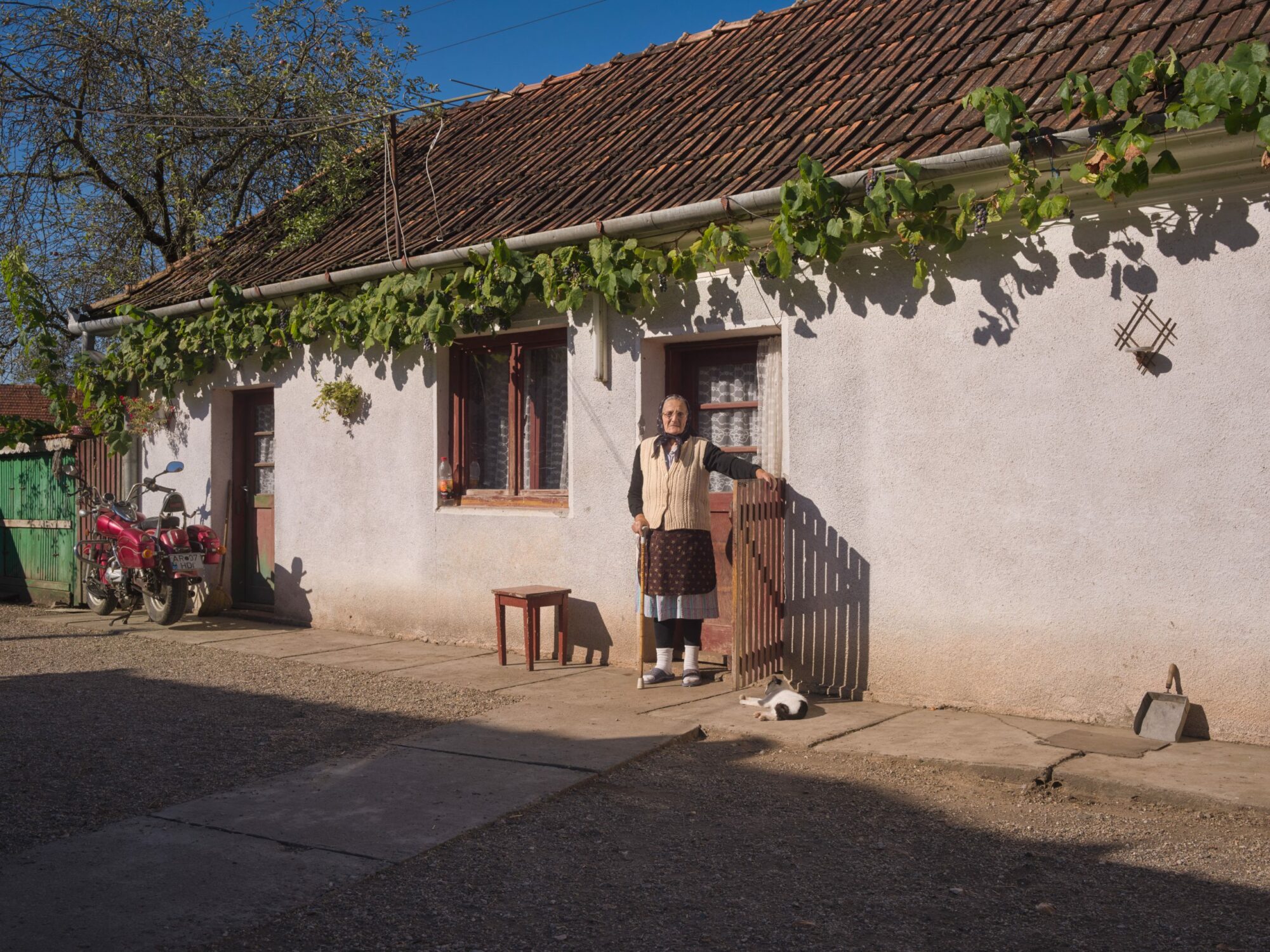
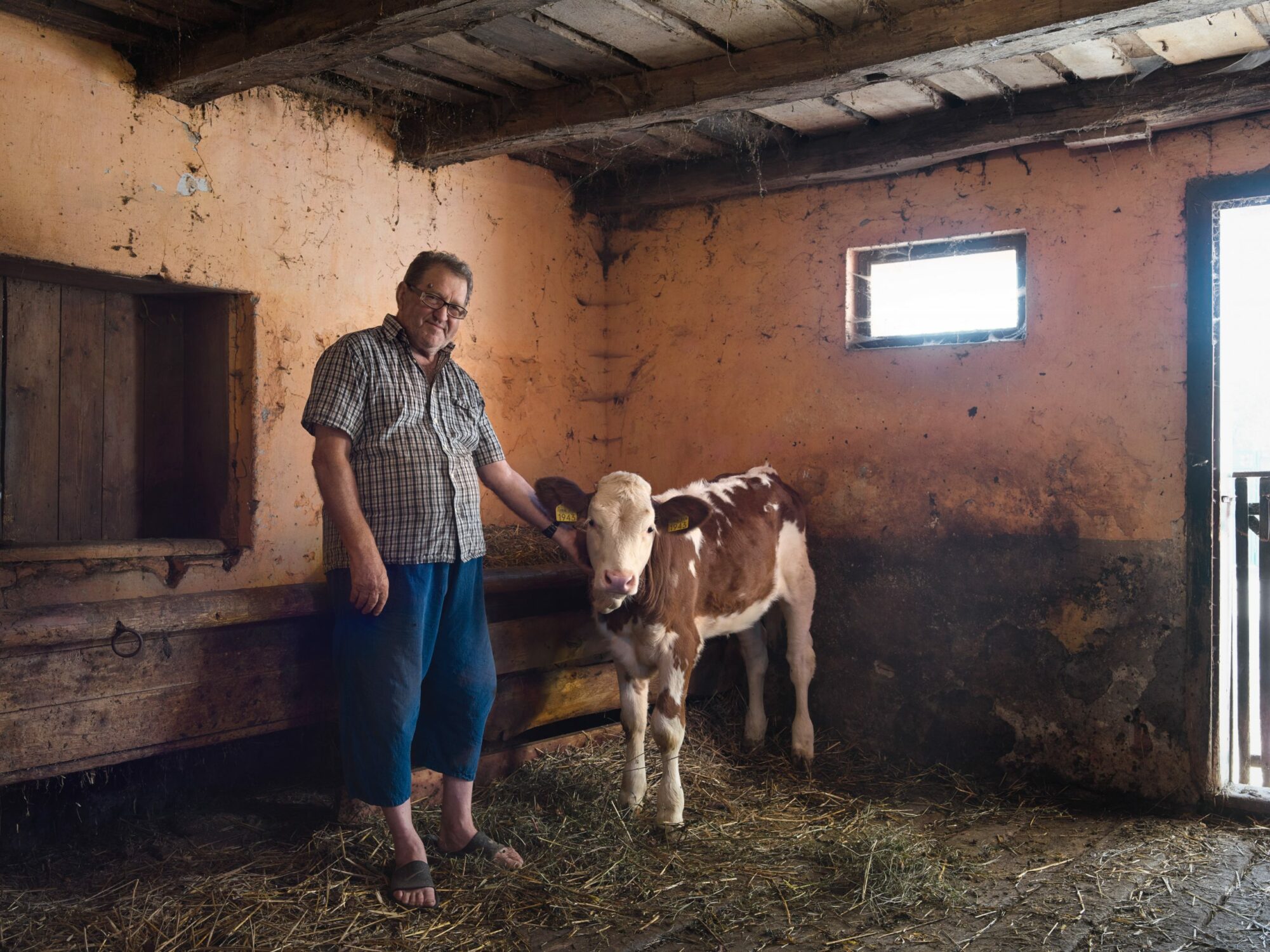
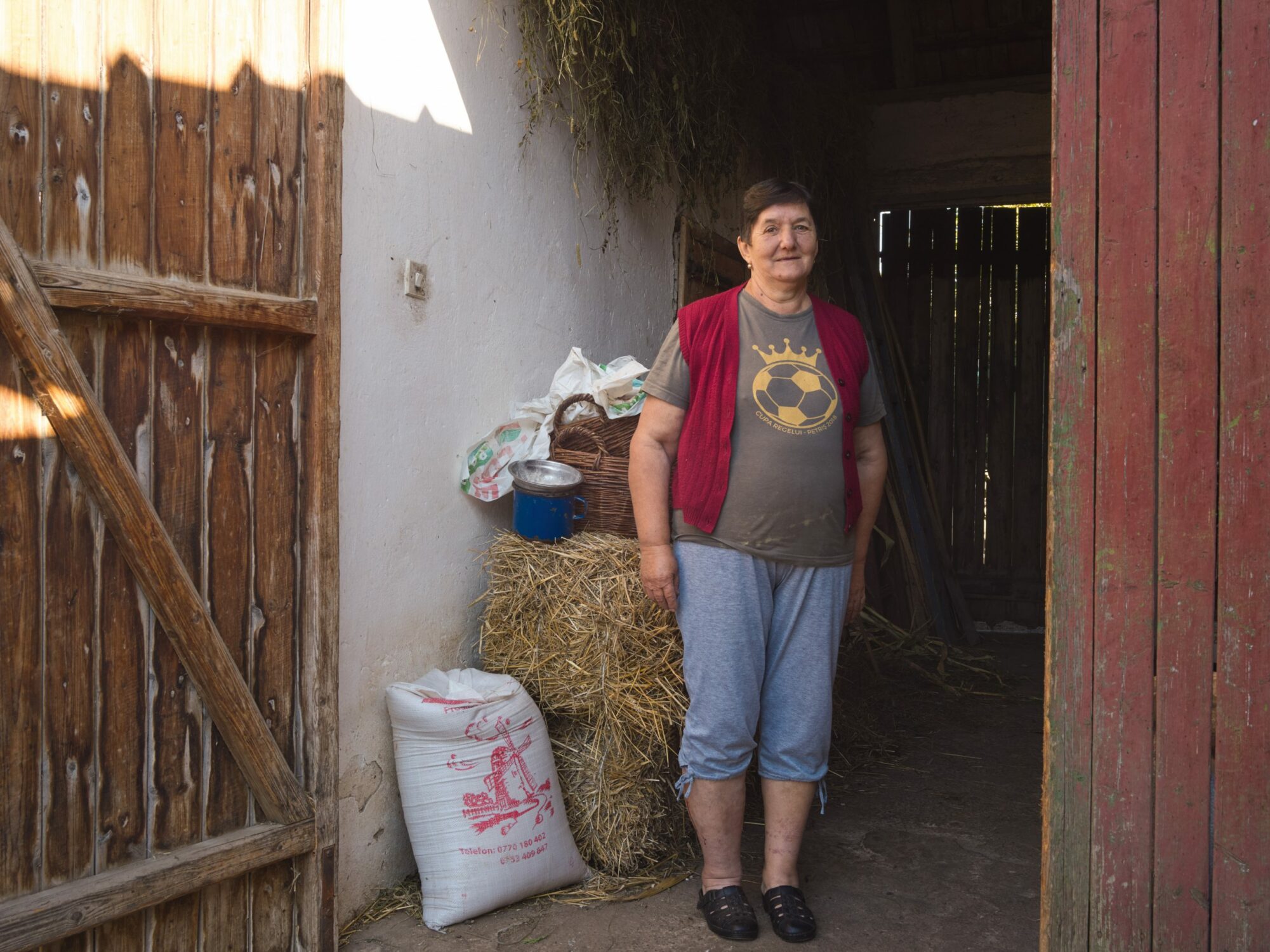
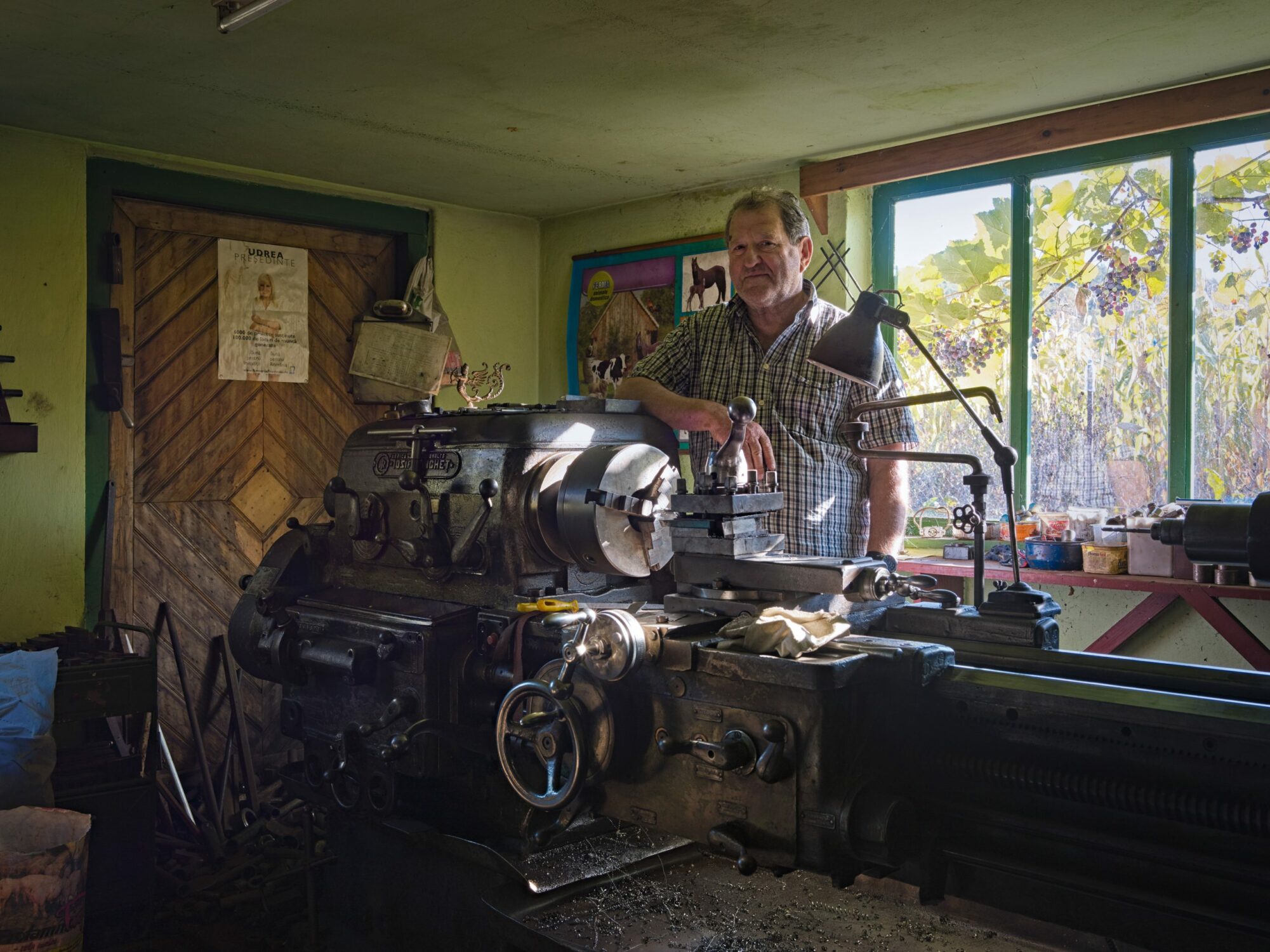
Zenovi and Florica Tari,
Petris, Arad County
A Self-Sufficient Economy
Along with direct sales of milk and vegetables, there is a self-sufficient economy here, a service economy without bills to pay but instead payment with services in return.
The parts Zenovi makes on his turner’s lathe is paid for by help with the haymaking.
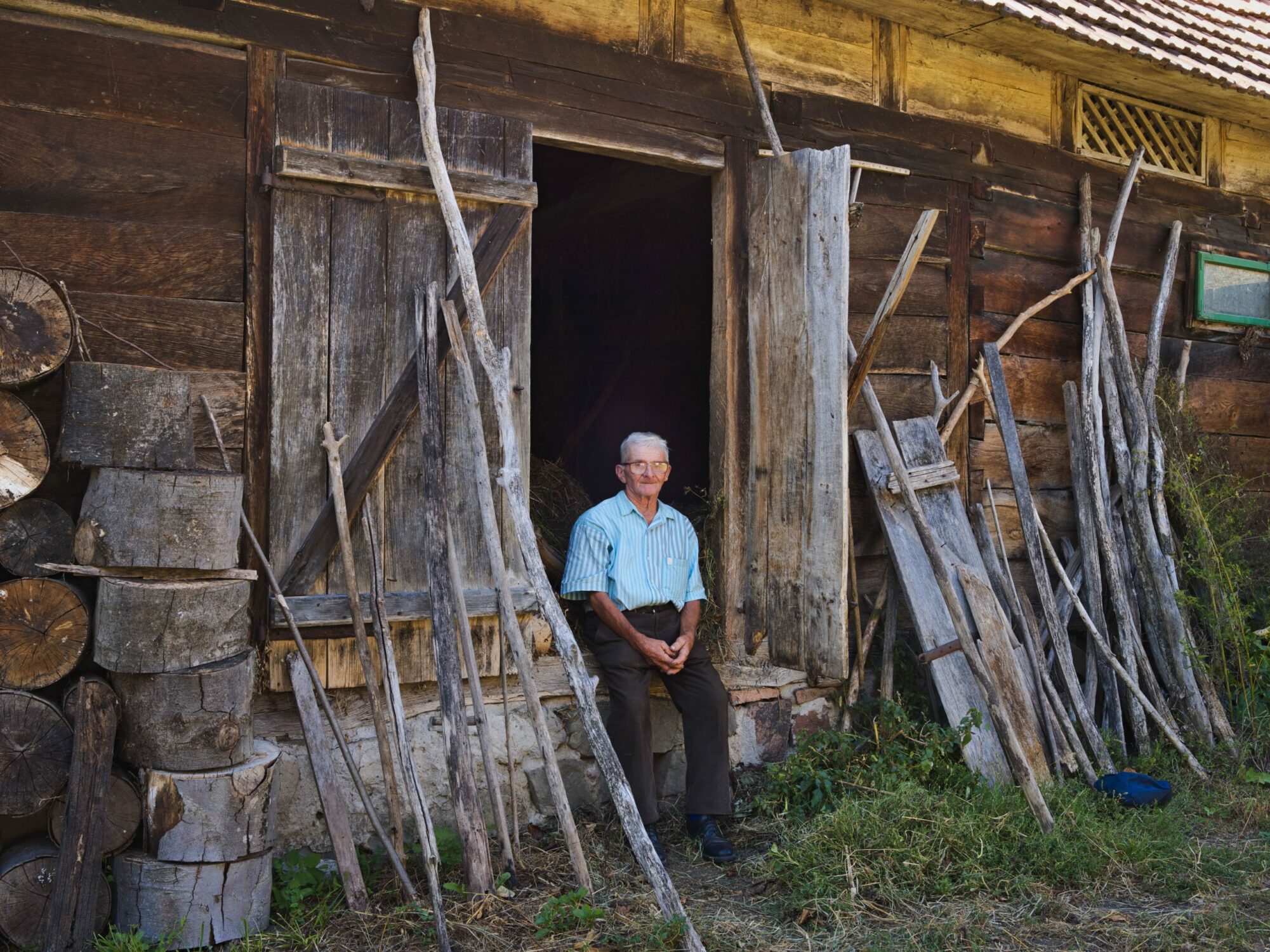
Aurel Raica
Roșia Nouă, Arad county
Aurel, (85) manages entirely on his own. He has an extensive orchard with very old trees; he is a specialist in the grafting and care of fruit trees. Growers and biologists come from all over the country to learn from him. His old fruit trees, some of which have been here throughout his life, still produce fruit.
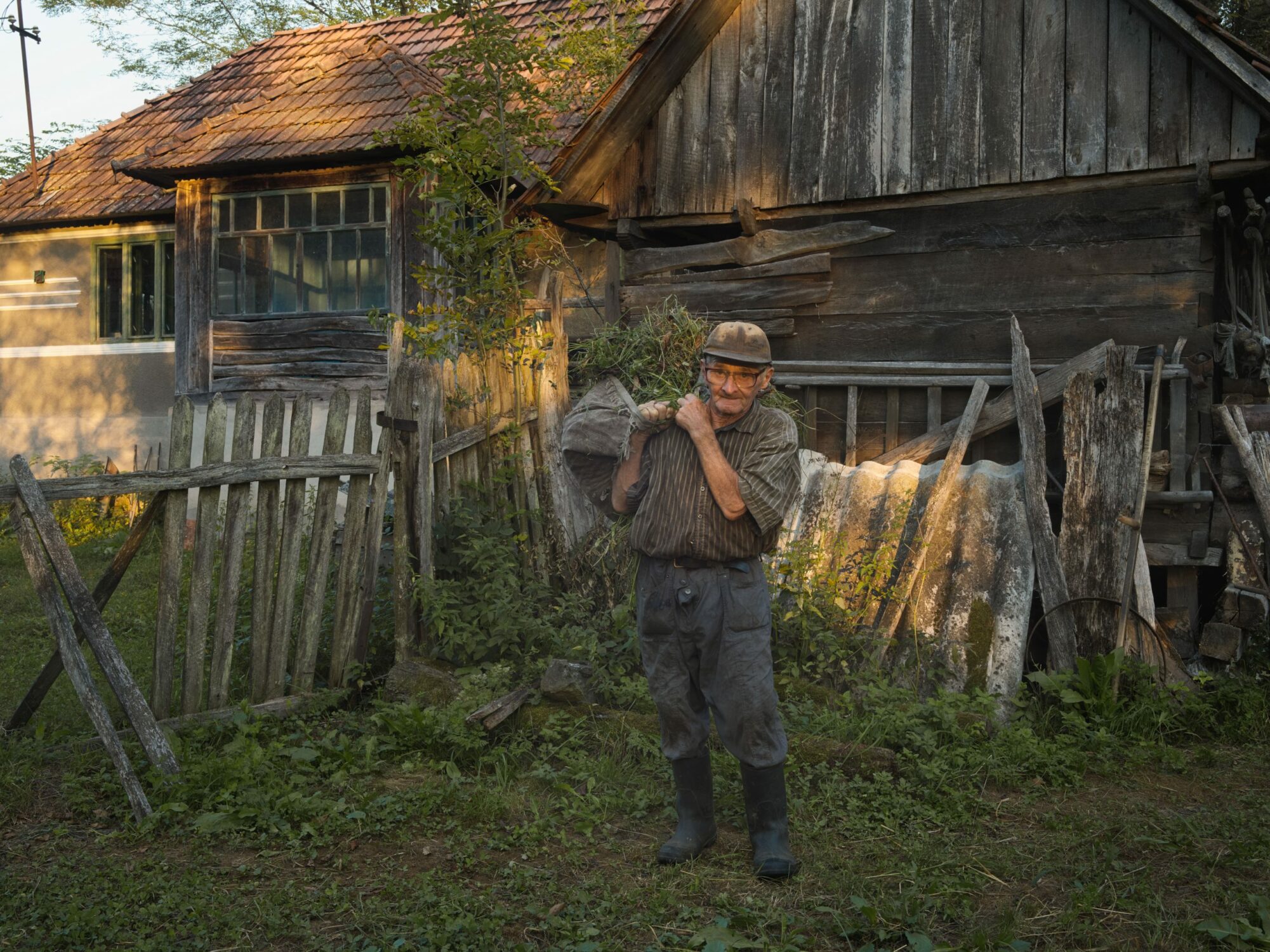

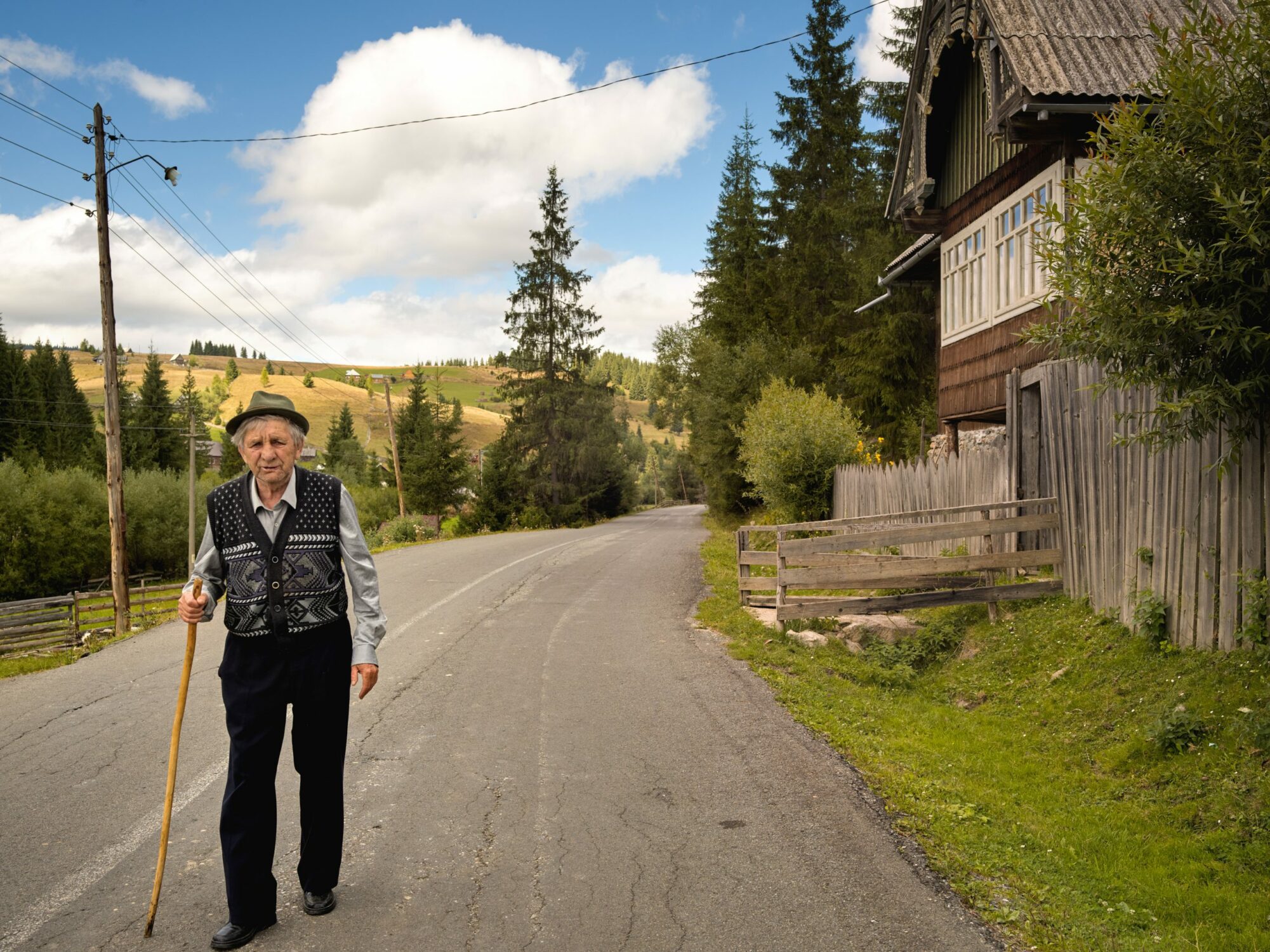
Unsustainable agricultural practices undermine the very ecosystem services on which producers, rural populations, and ultimately all of us, depend, reducing water quality and quantity, increasing vulnerability to pests, diseases, floods and droughts, and adversely affecting pollination, soil formation and nutrient cycling.
If well managed and well planned, however agriculture has real potential to help conserve biodiversity, use natural resources sustainably, improve livelihoods and increase food security.
Unlike many European countries, Romania still boasts a high proportion of intact natural ecosystems. Almost half of its land area is covered with natural and semi-natural landscapes, including one of the largest remaining areas of undisturbed forest in the continent.
The quality of Romania’s natural landscapes is highlighted by the astonishing variety of wildlife found in the country, which includes a third of Europe’s brown bears as well as 20% of it’s wolves. Major grasslands, flower meadows, caves and an extensive network of rivers ads to the country’s environmental richness.
The Zarand Association, in collaboration with Fauna & Flora International, provides support for smallholder farmers and develops programs that help them strengthen their families economically by jointly seeking ways to market their products.
Source: Fauna & Flora International
The Value of Small-Scale Farming
Agriculture has shaped most of the world’s cultures, economies and landscapes. With 40% of the world’s population classified as ‘small-scale farmers’, agriculture is vital to livelihoods, providing development opportunities for billions of people and food for virtually everyone in the world.
HNV Farming
The importance of High Nature Value Farming
